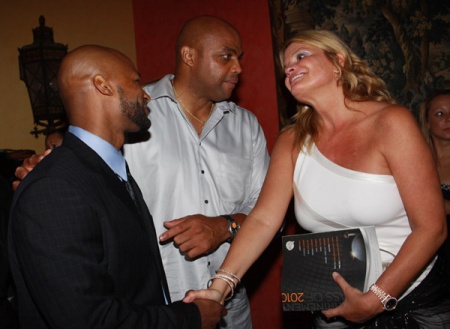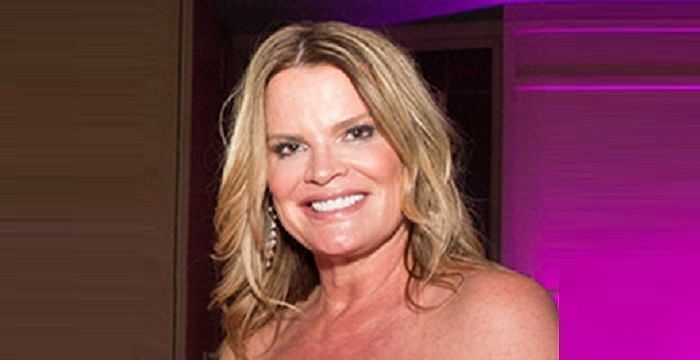

He needed some time to compose himself before returning to a spot behind the Rockets’ bench on crutches, wearing a knee brace. “You knew, without question, that it was over.”īarkley was helped off to the locker room, limping, with his head down and towel around his neck. “You didn’t hear a shriek of pain, but you saw the end of a career,” recalled Phil Jasner of the Philadelphia Daily News. He lay immobile on the floor, talking quietly to Jones, his teammates, and coaches, with 19,109 people staring on in horror. “I saw the way the kneecap was bulging through my leg and I said, ‘Well, it’s been fun. “I knew it was over as soon as I saw it,” Barkley said. Rupturing his quadriceps tendon brought a new kind of pain – worse than any he’d experienced in the past. “It was like seeing someone break a leg.” “We could see that quad muscle roll up on his leg in a horrible and frightening way,” said Rockets’ radio announcer Jim Foley. The celebratory mood inside the old Spectrum, then called the First Union Center, had turned to gloom.

“When he was down for a long period of time, I was hoping it was nothing really serious.”īy the time Rockets’ trainer Keith Jones came over, Charles’s knee was bloody and grossly distorted. “I thought he was gonna get right back up,” Hill said. Unable to move, he immediately grabbed his left knee. When the admittedly out-of-shape Charles landed awkwardly, he felt that something was seriously wrong. Never known as a shot blocker, Charles went up to redirect Hill’s shot. “I was pump-faking so much I had to go see the chiropractor like three days a week,” Charles said years later about that period in his career.Īs the Sixers sprinted down the floor in transition, Tyrone Hill, a journeyman power forward, drove the baseline. Though he was still getting 10 rebounds a game, Charles’s offense had taken a sharp turn due to his health. With both teams struggling to break 20 for the quarter, Charles grabbed an offensive rebound and thought he could post up Todd MacCulloch, the Sixers’ seven-foot rookie. That changed seven minutes and fifty-one seconds into the first quarter. The Sixers flew in Charcey and Johnnie Mae for what was to be a celebration of the franchise’s finest player of recent times. The harsh feelings that came with his unceremonious exit seven years earlier had subsided. Stepping onto the floor on December 8, 1999, the Philadelphia fans who adored him then spurned him were now greeting Charles with an extended standing ovation.

And I always tell people, I don’t think that anybody could have had a better life than me. Trust me, my life is pretty damn complete. “It won’t make me feel like, well, now my life is complete.

“I don’t think a championship would do that much for me,” said a reflective Charles. He was beginning to temper his expectations and channel gratitude. “When he came back, it was almost like a Charles we didn’t recognize,” said friend Mike Missanelli, the Philadelphia sports radio personality.Įighteen games into the season, the thirty-six-year-old was firmly looking ahead to life after basketball. A full-circle moment that seemed to lack glory. On a bitter cold night in 1999, Charles was introduced to the crowd in Philadelphia for the final time as a player. Hanover Square Press Original edition (November 1, 2022).


 0 kommentar(er)
0 kommentar(er)
